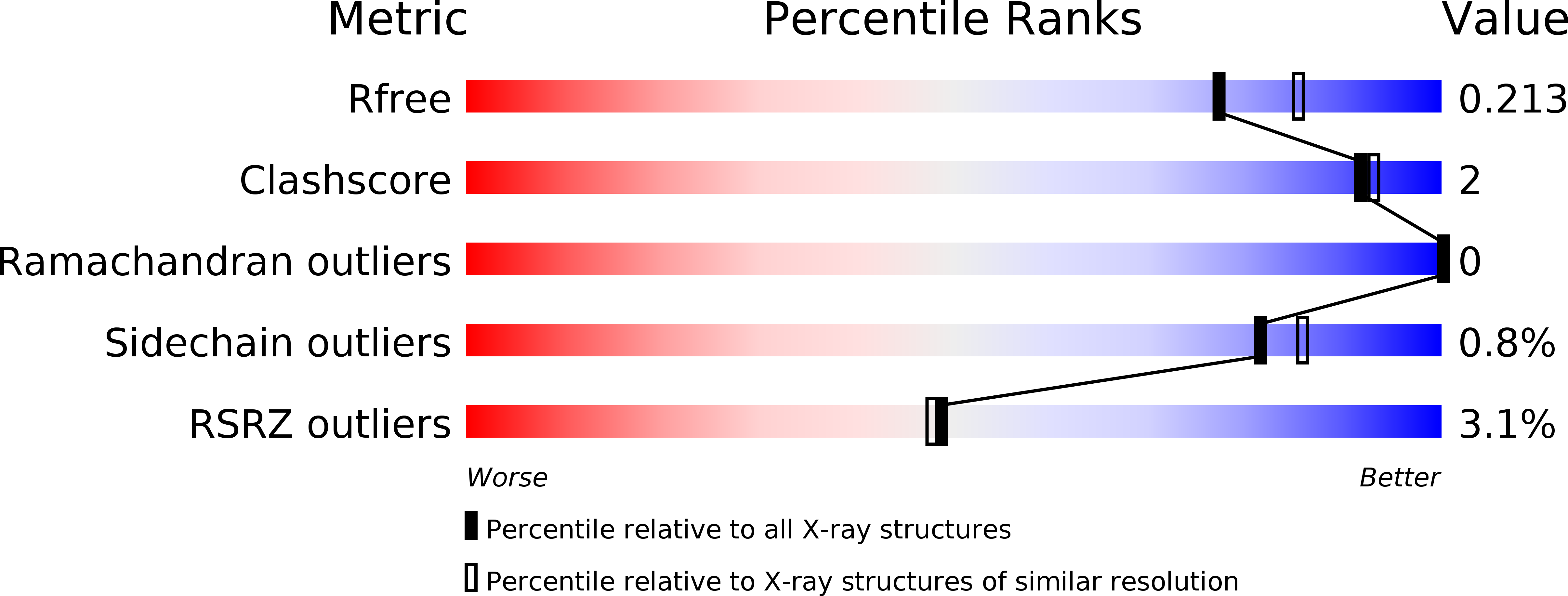
Deposition Date
2014-02-15
Release Date
2014-03-19
Last Version Date
2024-02-28
Entry Detail
PDB ID:
4OU9
Keywords:
Title:
Crystal structure of apocarotenoid oxygenase in the presence of Triton X-100
Biological Source:
Source Organism:
Synechocystis sp. (Taxon ID: 1111708)
Host Organism:
Method Details:
Experimental Method:
Resolution:
2.00 Å
R-Value Free:
0.20
R-Value Work:
0.17
R-Value Observed:
0.17
Space Group:
P 21 21 21


